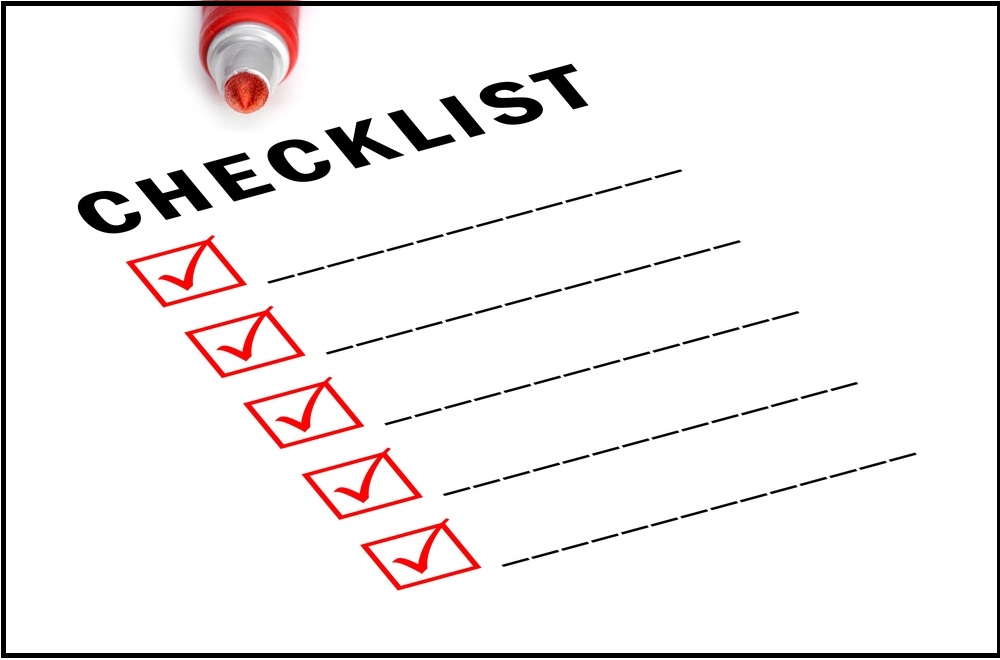Purchasing a used car from a private seller in Maryland can be an excellent way to save money and find the perfect vehicle. However, the process requires careful attention to ensure you’re making a smart and legal purchase. Follow these steps to make the experience smooth and successful.
Step 1: Do Your Research
Before meeting with a seller, gather information about the car model you’re interested in. Check:
• Market Value: Use resources like Kelley Blue Book or Edmunds to confirm the fair price.
• Common Issues: Research potential problems with the specific make and model.
• Insurance Costs: Confirm the vehicle fits your budget, including insurance expenses.
Step 2: Inspect the Vehicle
Arrange to meet the seller in a public place during daylight hours for safety and visibility. Bring along a friend or family member for additional support.
• Exterior and Interior: Check for dents, rust, paint mismatches, and wear on seats or carpets.
• Tires and Brakes: Look for uneven tire wear and test brake responsiveness.
• Test Drive: Drive the car to evaluate handling, brakes, and engine performance.
• Professional Inspection: Hire a trusted mechanic for a detailed inspection, especially for older cars or those with high mileage.
Step 3: Verify Vehicle History
Ask the seller for the Vehicle Identification Number (VIN) to run a vehicle history report through Carfax or AutoCheck. This will reveal details like:
• Previous accidents
• Ownership history
• Title status (e.g., clean, rebuilt, or salvage)
• Mileage discrepancies
Step 4: Confirm Title and Registration
In Maryland, it’s critical to ensure the seller has the original title. Check for:
• The seller’s name matching the title.
• No outstanding liens.
• A clear and clean title, meaning the car isn’t rebuilt or salvage.
If the title is lost or damaged, the seller must obtain a duplicate title from the Maryland Motor Vehicle Administration (MVA) before the sale can proceed.
Step 5: Agree on Price and Payment
Negotiate the price based on the car’s condition, history, and market value. Be cautious of sellers who insist on cash-only deals. If paying in cash, get a signed receipt. Alternatively, a cashier’s check offers additional security.
Step 6: Complete the Sale and Paperwork
Maryland requires specific documents to transfer vehicle ownership:
1. Title Transfer:
• The seller must complete the “Assignment of Ownership” section on the back of the title.
• Both parties should sign and date the title.
2. Bill of Sale:
• Required if the vehicle is over 7 years old and sold for less than $500. Use the MVA’s Bill of Sale form (Form VR-181) for accuracy.
3. Odometer Disclosure Statement:
• Maryland requires sellers to disclose the mileage if the car is under 10 years old.
Step 7: Get Insurance
Maryland law requires all vehicles to carry auto insurance. Contact your insurance provider to add the new car to your policy before driving it.
Step 8: Register the Vehicle
After purchasing the vehicle, you’ll need to register it at the Maryland MVA:
1. Bring the completed title, bill of sale, and odometer disclosure form.
2. Pay the title fee and a 6% excise tax based on the car’s purchase price or fair market value.
3. Obtain your license plates and registration sticker.
Tips for Success
• Beware of Scams: Avoid sellers unwilling to meet in person or those with inconsistent stories.
• Know Your Rights: Maryland law prohibits tampering with odometers and requires accurate disclosure of the vehicle’s condition.
• Trust Your Instincts: If something feels off, walk away.
By following these steps, you can confidently navigate the process of buying a used car from a private seller in Maryland. Always take your time, stay informed, and make sure the transaction is fully legal.
For more tips and resources on buying or selling cars, visit Autowurx!
